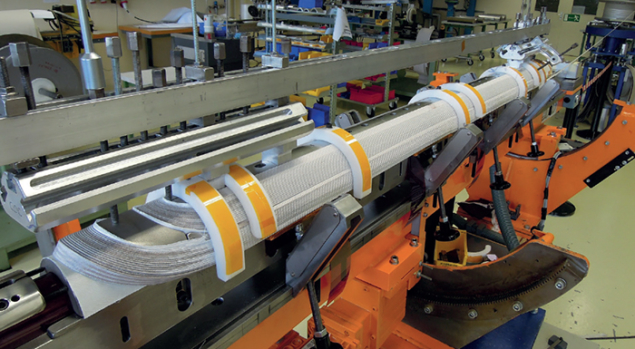
On 16 June, an 11 T superconducting dipole-magnet model manufactured at CERN for the High-Luminosity LHC project reached record performance levels in tests in hall SM18. Its magnetic-field intensity exceeded 11 T after just six quenches – a much faster increase than in previous models. In addition, it reached 12 T – corresponding to a current of 12,800 A – which is higher than in earlier models. The new magnets, based on a niobium-tin (Nb3Sn) superconductor, are being developed in a collaboration between Fermilab and CERN. Models constructed on both sides of the Atlantic have previously reached the required 11 T, but only after many quenches. The models are shorter than the final magnets – 2 m rather than 5.5 m – and have only a single bore, rather than two bores for the two LHC beams.








